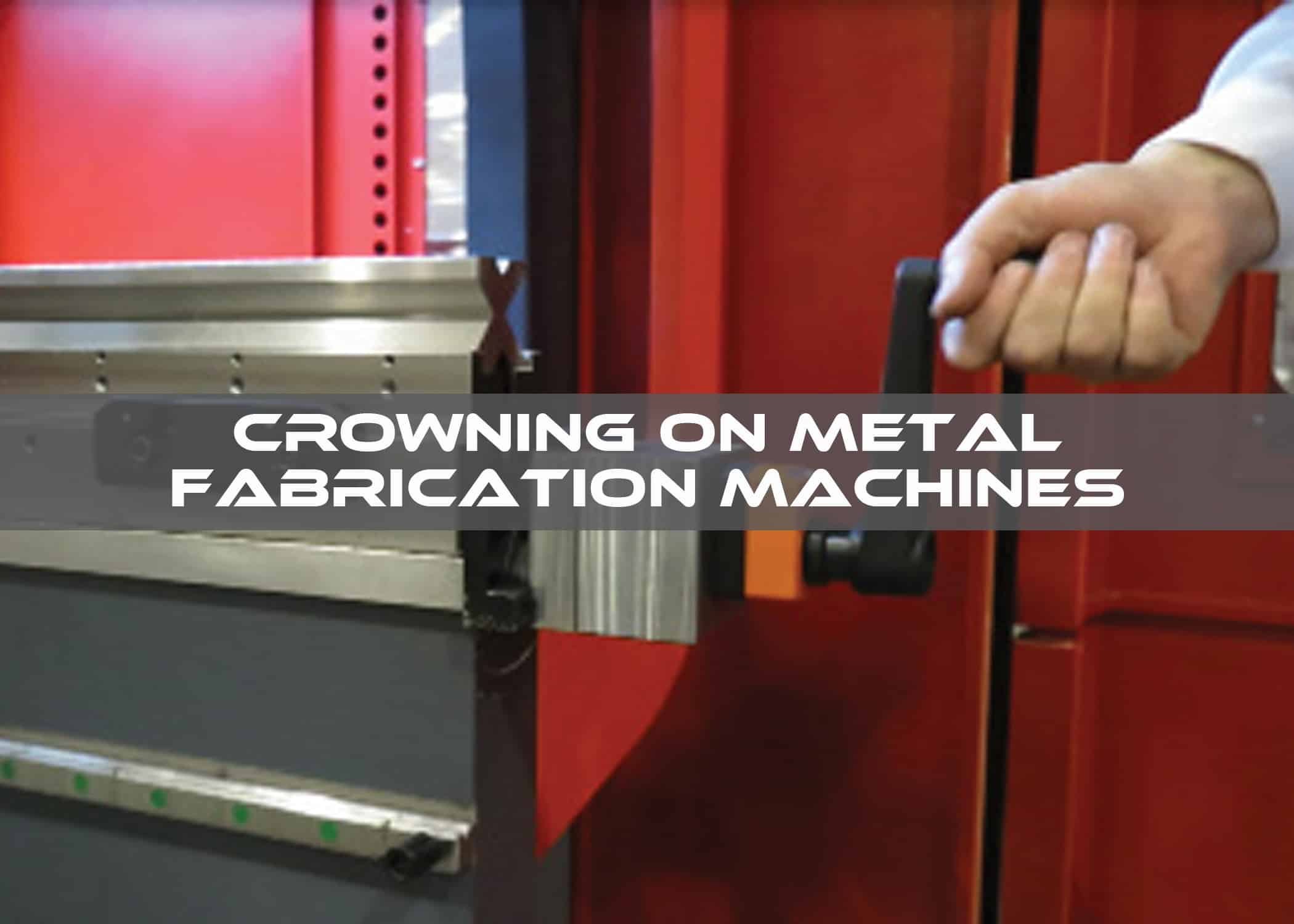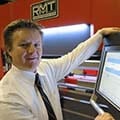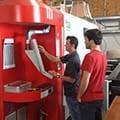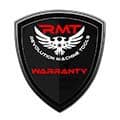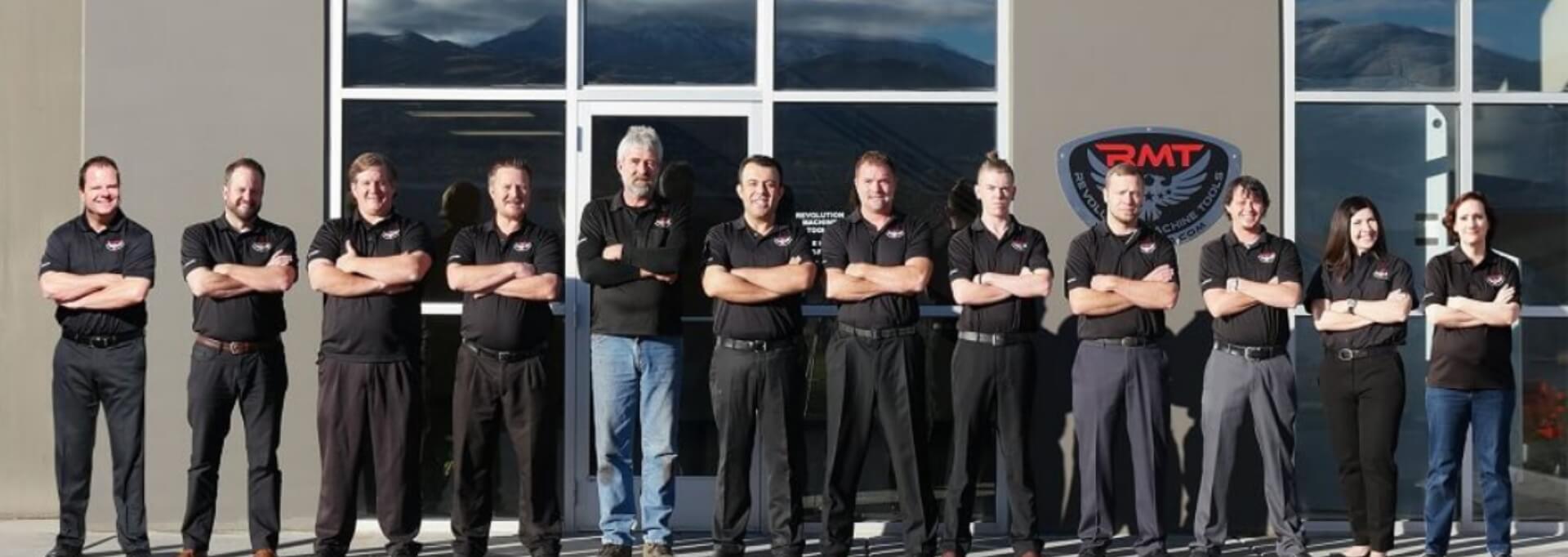Jack and Jill went to the shop,
To bend themselves some metal.
Jack’s ram crashed down and ruined his crown,
And Jill’s plate roll deflected soon after.
Right Idea, Wrong Machine
The boss went to see his new assistant in the machinery sales office. “I was reading your description of our new press brake in the sales quote you are working on, and I see that you added a definition of what deflection is and how it works.”
“I wanted to be thorough,” the young man replied with some pride.
“Well, you certainly got into the details, alright. Grab a copy of what you wrote and let’s go look at the machine.”
Standing in front of the shining new press brake, the boss asked, “You say here that by increasing the diameter in the middle of top roll that you can compensate for the deflection in the brake. Could you show me where exactly the top roll is?”
After examining the brake for a moment, the young man replied, “Well I know where it is in a plate roll.”
“You looked up your crowning info online, correct?”
The young man’s eyes widened as he realized his mistake. “I was reading info about a plate roll and not a press brake, wasn’t I?”
“Unless they’ve really changed press brakes recently, I’m guessing that you did,” the boss replied with a smile. “This is a good learning experience demonstrating that more than one type of fabrication machine requires crowning to compensate for deflection. Now while we are out here, let me explain how this wedge-style crowning works so you can change your write-up, then we’ll look at the used plate roll in the back and talk about crowning on rolls.
Deformation Under a Load
Deflection is a structural engineering term referring to the deformation that occurs to a beam or other long structural element when it is placed under a load. Walk out to the end of a diving board and you will notice that it bends downward under the load that you are putting on it. Even if you support both ends of a structural element, deflection will occur in the middle, such as when someone puts a weight on a board suspended between two paint cans.
Metalworkers of many types deal with the effects of deflection in their work. Spinning shafts are often at risk for experiencing deflection. CNC machinists are familiar with tool deflection, where the workpiece applies a resistive force back against the tool that is exerting force against it. If the tool deflects, the workpiece might be produced with inaccuracies or even damage. Likewise, part deflection can be an issue on a manual lathe without proper support for the workpiece.
In the world of metal fabrication, deflection is found in press brakes and plate rolls. Although very different types of machines producing different effects in plate metal, they do share a couple of characteristics: both exert tremendous pressure along a distance often measuring in several feet and both machines exert that force using long components that are firmly supported at either end. The ram and bed on a press brake and the rolls on a plate roll are subject to deflection in their centers, therefore means of compensating for that deflection are necessary to keep workpieces from being deformed.
Conventional wisdom might suggest that a thin piece of sheet or plate metal couldn’t cause issues for the heavy-duty components of a press brake or plate roll, but such thinking would be incorrect. When a metalworking machine pushes against a workpiece, that workpiece pushes back. That’s simple physics—for every action there is an equal and opposite reaction. This resistance of the workpiece to be bent or rolled causes a slight but measurable deflection in the machine’s bending or rolling components, and that deflection can then be transferred back into the metal. This will cause the center of the workpiece to be bowed outward in a barrel or canoe shape, with a diameter or angle wider than the ends of the finished piece.
“Compensating for Something?”
Since the center of a press brake or plate roll will “give” a little when compared to the ends where the ram and bed or rolls are held firmly, the only way to keep things parallel in a bending or rolling operation is to change the machine so that the forming surfaces themselves are no longer parallel but are closer together in the middle. Adding a curve, or “crown,” to the machine will increase the force in the middle to balance the deflection that naturally occurs.
Crowning compensation in a press brake can be supplied in a few ways:
- Shimming by hand, where press brake operators add thin strips of metal or another material between the bottom die and the bed.
- Adding a mechanical crowning system between the bottom die rail and the bed. The system consists of two matching pieces of metal with a wave or wedge-like pattern cut in between them. The pieces are moved lengthwise across each other by being cranked—either manually or motorized—and begin to move further apart as each wave rides up the matching side. The waves have a greater steepness towards the middle of the pieces, so the center raises more than the edges, providing an adjustable crown.
- Buying a press brake with hydraulic crowning built into the bed. This consists of one or more hydraulic cylinders raising the center of the bed as the ram moves down to compensate for deflection.
Crowning compensation in a plate roll can be provided in different ways:
- Adding shims in the middle of the rolls.
- Reducing the pinch pressure.
- Slowing the rolling speed.
- Installing an overhead support to help limit deflection.
- Acquiring a top roll with built-in crowning. Such a roll is shaped by a CNC lathe into a slight barrel contour that has a larger diameter in the center.
Call an Expert
If you need to learn more about crowning before your next job—or your next machine purchase—call your local machinery or service provider and pick their brains about what type of crowning will work best for your upcoming jobs. Deflection may be the curse of metalworking, but plenty of crowning solutions exist to cure even your most challenging bending and rolling projects.
